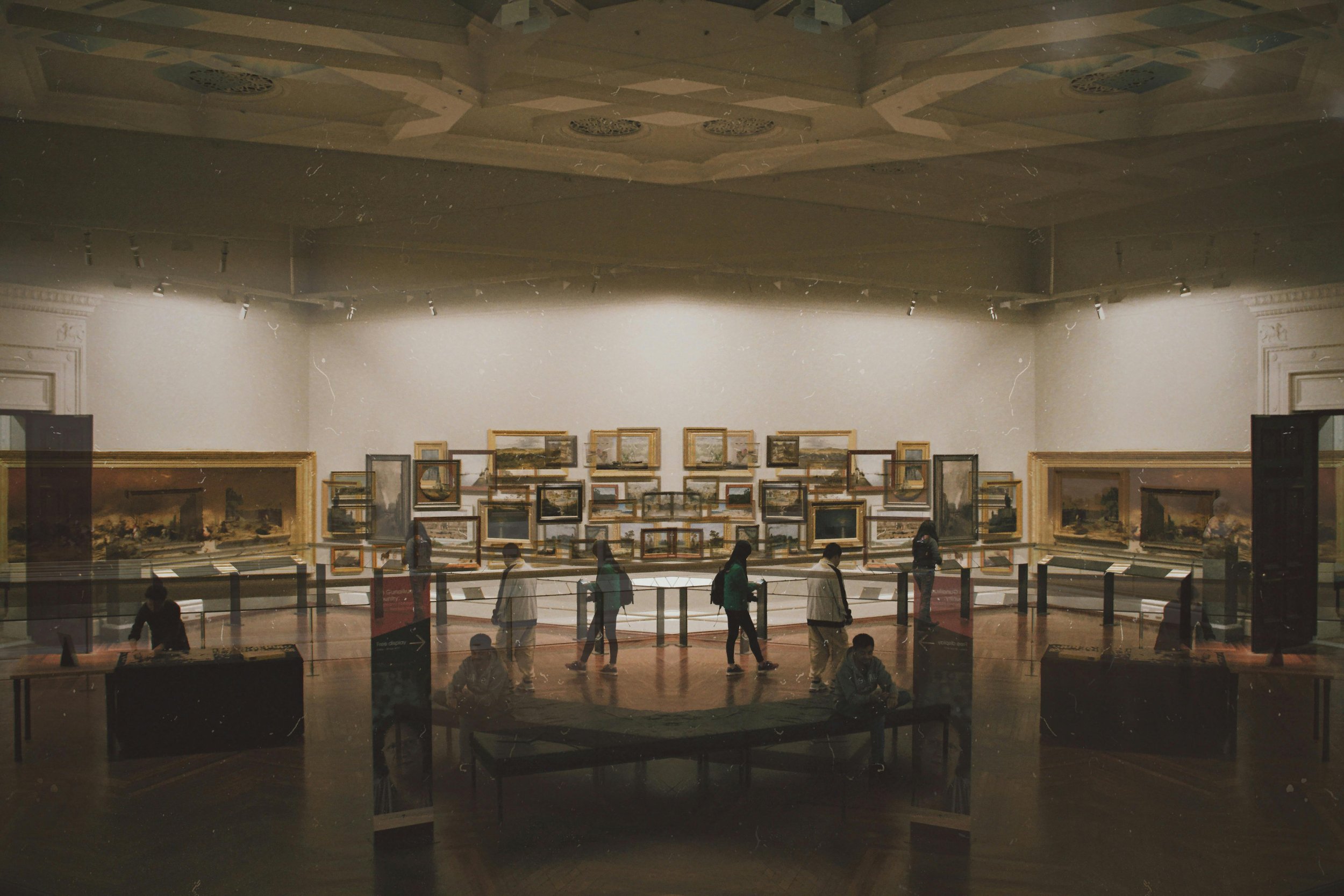Art is a journey, a pathway that winds through imagination, emotion, and technical skill. For an artist like Patrick Reiner, the process from initial inspiration to the final creation is deeply personal and profoundly universal. It involves a series of steps that blend raw inspiration with deliberate craftsmanship. Understanding this process enhances our appreciation of Reiner's work and provides insight into the broader world of artistic creation.
The secret behind great art is the capability of art to make necessary the inspiration of a fleeting moment to give the viewers something to think about feeling intensely. This transformation process does not have to happen in one go, but it is a thorough procedure that consumes time and requires the involvement of the mind, the body, and the soul. In Billy's case, the artwork and self-discovery are initiated by inexhaustible creativity and imagination. This method provides the artist with the possibility to let his thoughts go out and, at the same time, to accomplish unique ways wherein hidden pieces of art can come back to life.
Awakening the Genius
The impact of art being can be immediate, unpredictable, and whimsical, mainly linked to the most unexpected sources. It can be light, for example. Passing through the branches of a tree, the intersection of light in a city street, the capture of an instant feel in the facial expression of a passerby. These minor occurrences of inspiration are floating around casually like seeds in the air. Sans is a creative process from the initial stage of making sketches or photographs, and preserving raw emotion and visual elements is as important as the artist's career.
As a result, Patrick Reiner's first step in creation is very decisive because it sets the palette for the rest of the creative process. He recognizes himself as a creator and sees the whole creative composition in his mind. He elaborates on the feelings and thoughts brought to his mind by the piece capturing. He lets his fantasy roam comfortably hand in hand with consciousness, and that's how it starts; the magic, the seed of inspiration, becomes tangible, and he follows up with the expansion of concrete ideas.
When the concept has been further developed, he moves on to the central part of his work. Here, sitting down, playing with colors and shapes, and letting the imagination flow is essential. He might improve an idea through numerous models, each emphasizing his concept further. After this, the author considers many details exemplified by the "composition, color schemes, and overall feeling of the work." Reiner's mind is occupied with questions like, "Is this artwork going to be a drawing or a painting, or maybe a mixed-media piece?".
As a result, numerous initial ideas ended up in the trash, and as we see, some could have been better than others. He invents and reinvents himself many times, trying things out in numerous ways. This stage is dense with interesting and methodical work. He lets intuition guide and has a dialogic relationship with intellect. A rich blend of techniques and undirected inspiration comes together at this stage.
Having a completed creation in his mind, Reiner begins the natural creation process. Outstanding cognitive and physical efforts are required for this phase. Reiner sticks to a disciplined work schedule. Often, he wears out hunched over the piece, engaged in creation. The first thing he does is select the right material items, which will only contribute to the piece of work. It is essential not to be misguided here, as the canvas, the color of the paintings, or the brushes used by the artist are some of the decisions that should be very well thought through.
Final Touches and Completion
When he has almost finished the artwork, the last phase of work with Reiner is to pay attention to the small details. This step is the time for the magician to do everything to make the magic happen and bring the creation to life. He meticulously adjusts the colors, straightens the composition, and brings in little details, which become the main elements that fix the visual identity of the work. Being careful is necessary. With particular excruciating attention, the whole process occurs with a steady hand.
Finally, the masterpiece is done after laboring for weeks and even months. The moment of completion is a mixed one for Reiner as he wants to feel satisfied but also can't help but realize that their adventure has come to a close. Reiner's story does not conclude with a one-time completion. When the work is done, it becomes part of his art journey, opening new ideas and projects each time.
Conclusion
The artistic process is a journey of various layers of complexity, leading ideas to grow into actual pieces of art from a small starting point of inspiration. The process consists of Patrick Reiner catching moments of realization, designing concepts, and then painstakingly translating these ideas into life. Moreover, Reiner creates art that is not only visually appealing but also allows the audience to get a part of his mind and inspiration. It also helps enrich our knowledge and understanding of his works and the intrinsic world of art, as it demands that we appreciate the commitment and passion that goes into every masterpiece.













